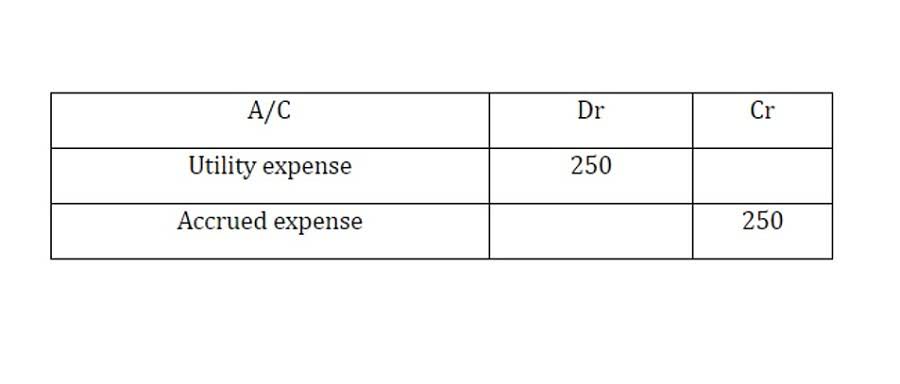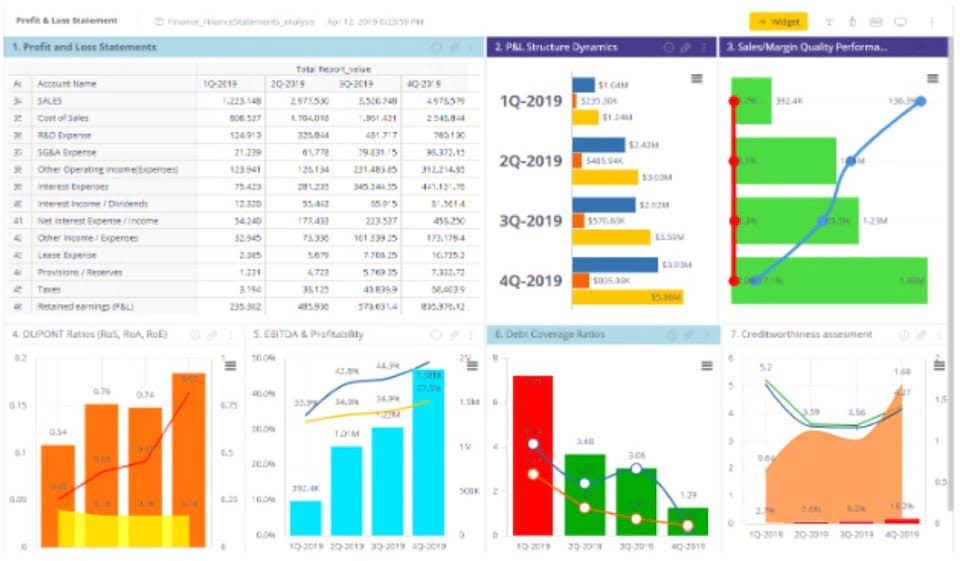
Besides keeping your business up and running, working capital funds growth-related initiatives, like hiring more workers or acquiring more customers. To further complicate matters, the changes in working capital section of the cash flow statement (CFS) commingles current and long-term operating assets and liabilities. Note, only the operating current assets and operating current liabilities are highlighted in the screenshot, which we’ll soon elaborate on.
Accounts Receivable May Be Written Off
Changes in working capital are presented in the company’s cash flow statement. These changes can signal the management about improvements that should be made, such as product streamlining or negotiating new terms with suppliers. Companies can forecast future working capital by predicting sales, manufacturing, and operations. Forecasting helps estimate how these elements will impact current assets and liabilities. Ultimately, changes in net working capital impact a company’s cash flow and financial health, highlighting the importance of monitoring these fluctuations for effective financial management.
How Do You Calculate Working Capital?

Use the historical data to calculate drivers and assumptions for future periods. See the information below for common drivers used in calculating specific line items. Finally, use the prepared drivers and assumptions to calculate future values for the line items. The issue, however, is that an increasing accounts receivable balance implies the company’s cash collection processes might be inefficient, and a rising inventory balance means more inventory is piling up (and not sold). The textbook definition of working capital is defined as current assets minus current liabilities.
- Anything higher could indicate that a company isn’t making good use of its current assets.
- This measurement is important to management, vendors, and general creditors because it shows the firm’s short-term liquidity as well as management’s ability to use its assets efficiently.
- NWC fluctuations can show you if your short-term business assets are increasing or decreasing in relation to your short-term liabilities.
- This will help increase your NWC by lowering the number of payments that are due.
- She can use this extra liquidity to grow the business or branch out into additional apparel niches.
How to Calculate Working Capital

When it comes to business owners’ responsibilities, very few can match the importance of staying on top of the right numbers. This includes profitability, performance data, and of course, working capital. Small business owners must always keep tabs on how much working capital they have on hand. Without this information, countless critical tasks – from ordering the correct amount of inventory to obtaining the perfectly sized small business loan – become much harder, if not impossible. How do we record working capital in the financial statementse.g I borrowed 200,000.00 Short term long to pay salaries and other expenses.
What Is Consignment Inventory? Everything You Need To Know
In this tutorial, you’ll learn about Working Capital and the Change in Working Capital in valuations and financial models – what they mean, how to project these items, and how to check your work. In the next section, the change in net working capital (NWC) – i.e. the increase / (decrease) in net working capital (NWC) – will be determined. Briefly, an increase in net working capital (NWC) is an outflow of cash, while a decrease in net working capital (NWC) is an inflow of cash. Working capital can only be expensed immediately as one-time costs to match the revenue they help generate in the period. By following these steps, you can accurately calculate your net working capital and then determine any changes over time. Upgrading to a paid membership gives you access to our extensive collection of plug-and-play Templates designed to power your performance—as well as CFI’s full course catalog and accredited Certification Programs.
If a company’s change in NWC has increased year-over-year (YoY), this implies that either its operating assets have grown and/or its operating liabilities have declined from the preceding period. For a short-term business loan, borrowers must have a 680+ personal credit score, 2+ years in business, and $250,000+ in annual revenue. For example, banks offer the cheapest business loans on the market because they usually work with heavily capitalized businesses. These borrowers tend to have so much working capital saved up that they don’t actually need the bank’s money.
Core Financial Modeling
Get instant access to video lessons taught by experienced investment bankers. Learn financial statement modeling, DCF, M&A, LBO, Comps and Excel shortcuts. For working capital or other assets, you add the prior period and subtract the current period, and for working capital and other liabilities, you add the current period and subtract the prior period. In the absence of further contextual details, negative net working capital (NWC) is not necessarily a concerning sign about the financial health of a company.
- Imagine that in addition to buying too much inventory, the retailer is lenient with payment terms to its own customers (perhaps to stand out from the competition).
- A company with a high level of working capital typically possesses substantial current assets relative to its current liabilities.
- This situation is often temporary and arises when a business makes significant investments, such as purchasing additional stock, new products, or equipment.
- This article explores the key drivers behind changes in working capital and their implications for businesses striving to maintain financial stability and sustainable growth.
- On the other hand, examples of operating current liabilities include obligations due within one year, such as accounts payable (A/P) and accrued expenses (e.g. accrued wages).
- But you can’t just look at a company’s Income Statement to determine its Cash Flow because the Income Statement is based on accrual accounting.
Current Liabilities

Hence, the company exhibits a negative working capital balance with a relatively limited need for short-term liquidity. Imagine that in addition to buying too much inventory, the retailer is lenient with payment terms to its own customers (perhaps to stand out from the competition). This extends the time cash is tied up and adds a layer of uncertainty and risk around collection.
How to Interpret Change in NWC?
If the business went under or the investment turned sour, the business would still have no trouble paying off the loan. The company’s cash flow will increase not because of Working Capital, but because the company earns profits on the sale change in net working capital of these products. Based on the computed NWC figures, the current operating liabilities of the company exceed the current operating assets. The exact working capital figure can change every day depending on the nature of a company’s debt.
- Given a positive working capital balance, the underlying company is implied to have enough current assets to offset the burden of meeting short-term liabilities coming due within twelve months.
- Calculating working capital provides insight into a company’s short-term liquidity and efficiency.
- Since the company is holding off on issuing payments, the increase in payables and accrued expenses tends to be perceived positively.
- The term “working capital” refers to all assets currently available for covering monthly business expenses or operational costs.
- For invoice/ accounts receivable factoring, borrowers must have 540+ personal credit scores and 1+ years in business, with no annual revenue requirement.
- The change in NWC is calculated by subtracting the current period NWC balance from the prior period NWC balance.
- The ideal position is to have more current assets than current liabilities and thus have a positive net working capital balance.
